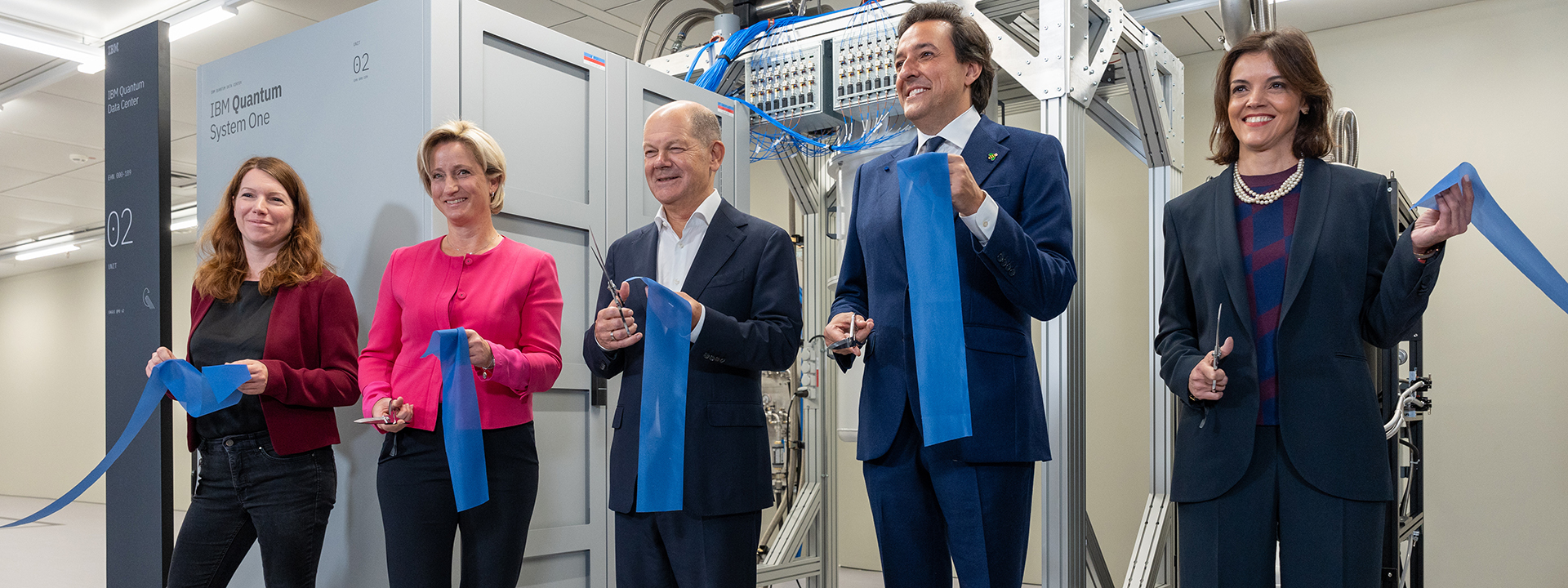Do Chatbots Just Need More Time to ‘Think’?
A technique called “test-time compute” can improve how AI responds to some hard questions, but it comes at a cost.
 Exploring the computational landscape of AI development.
Exploring the computational landscape of AI development.
In the fast-paced world of artificial intelligence, the focus traditionally has been on speed and performance. However, recent trends suggest a shift towards enhancing AI capabilities by deliberately slowing processes down. Major tech firms, including OpenAI and Google, are investigating a concept known as test-time compute, which aims at improving the performance of AI systems by allowing them extra time to process data and refine their responses.
Rethinking AI Processing Speed
This innovative approach contrasts starkly with conventional methodologies that prioritize increasing model size and feeding them larger datasets. The idea of test-time compute is often described as granting AI systems more time to “think” before arriving at a conclusion, although the reality is much more mechanical. Instead of mimicking human thought processes, these systems undergo structured interventions, prompting them to review their calculations or utilize additional algorithms to enhance the final answers they provide.
Interestingly, this method is also known as inference scaling. It essentially allows AI to take additional moments for computations or employ augmented computational resources precisely when responding to user prompts. As noted by experts in the field, this has resulted in notable improvements in the accuracy of AI responses, particularly for quantitative inquiries.
Amanda Bertsch, a Ph.D. student at Carnegie Mellon University specializing in natural language processing, highlights that such improvements are most significant in areas requiring clear, correct responses, such as mathematics and programming. She observed that the test-time compute framework provides substantial accuracy boosts for tasks with objectively measurable outcomes.
 The interplay of AI responses and computational methods.
The interplay of AI responses and computational methods.
OpenAI’s latest model, o1, is reportedly better equipped for tasks involving code and complex scientific queries. According to a recent blog post, o1 is described as up to eight times more accurate in programming competition prompts compared to previous versions and shows nearly 40 percent improvement in responding to advanced physics and chemistry questions. These advancements have been largely attributed to the implementation of test-time compute.
An upcoming model, o3, which is currently in safety testing but will soon be released, promises further enhancements, reportedly achieving nearly three times the accuracy in certain reasoning-related tasks compared to o1.
The Academic Perspective: Embracing Delay for Enhanced Functionality
Several studies, although mostly in preprint form and pending peer review, echo Bertsch’s findings concerning the promise of test-time compute in complex reasoning problems. Aviral Kumar, an assistant professor at Carnegie Mellon, expresses enthusiasm for the shift towards this methodology, speculating that it could bridge a gap towards machines exhibiting more human-like intelligence. He emphasizes the merit of allowing time for in-depth processing, paralleling the grace afforded to humans faced with challenging questions.
“Even if it doesn’t lead to human-like models, test-time compute provides a practical alternative to the traditional approach of scaling up model sizes, which is yielding diminishing returns.”
Indeed, leveraging test-time compute could spur consistent performance improvements without necessitating the creation of larger models or resorting to increasingly scarce high-quality training data. However, it’s crucial to recognize that extending the test-time framework has trade-offs and inherent constraints.
Diverse Methodologies Within Test-Time Compute
Developers have multiple strategies at their disposal when incorporating test-time compute, each with varying degrees of sophistication and computational demand. At its most basic level, users might ask AI systems to produce multiple responses to identical queries, effectively elongating the inference period as more elaborate outputs are generated. This shared interaction creates a human scaffolding mechanism that ensures more accurate or suitable responses.
Introducing chain-of-thought prompting is another relatively simple method, which allows AI to outline the steps it takes to address a problem. Formulated by Google researchers in a 2022 preprint, this technique encourages models to articulate their reasoning processes, which may improve overall accuracy.
However, findings regarding the effectiveness of such prompting are mixed, with other studies suggesting that these methodologies can still produce hallucinations similar to other AI outputs. To tackle this inconsistency, many employ an external verifier—an algorithm designed to evaluate model outputs against established criteria to enhance reliability.
Understanding Limitations and Cost Implications
While these various methods demonstrate the potential of test-time compute, they share common limitations. One significant downside is the need for increased computational resources, which translates into higher financial costs and energy consumption. Given that environmental sustainability is already an increasingly critical issue in technology, these factors gain particular importance in evaluating the viability of test-time compute strategies.
AI models, for instance, might take five seconds to provide a response without additional computational interventions. In contrast, implementing a novel method proposed by researchers can extend this time to five minutes for complex prompts. This extended duration raises questions around user experience—particularly for typical interactions, where prompt responsiveness is key. As Dilek Hakkani-Tur from the University of Illinois points out, engaging conversations require timely responses to maintain user interest and satisfaction.
Interestingly, the adjustments can significantly escalate costs in terms of energy usage. For example, a task performed by the o3 model could cost OpenAI upwards of $17 just for a single query. This shift in computational focus could quickly accumulate substantial expenses when scaling to millions of user queries, especially since querying can already consume ten times the power of a standard Google search. Such increases in processing duration heighten energy demands extensively, raising potential sustainability concerns even further.
 Chatbot interaction complexity and the role of computational strategies.
Chatbot interaction complexity and the role of computational strategies.
Despite these drawbacks, the implementation of test-time compute could yield benefits such as allowing smaller models to perform more efficiently with reduced training requirements. However, evaluating the broader implications necessitates a thorough consideration of application intent, usage frequency, and whether models can run locally instead of tapping into distant server stacks.
In conclusion, while test-time compute introduces a compelling alternative to traditional AI scaling strategies, navigating the balance between performance, user experience, and resource consumption remains imperative as the field continues to evolve.


 Photo by
Photo by 











